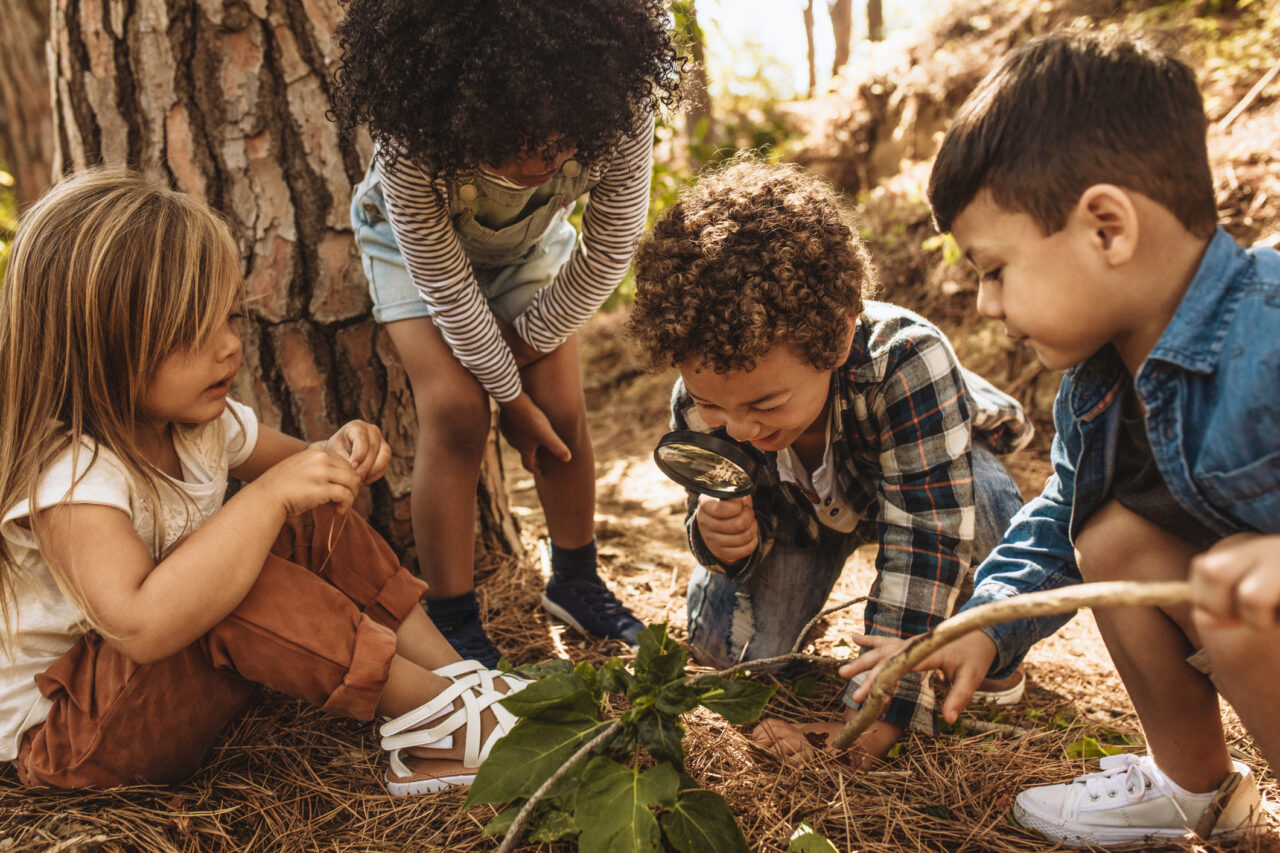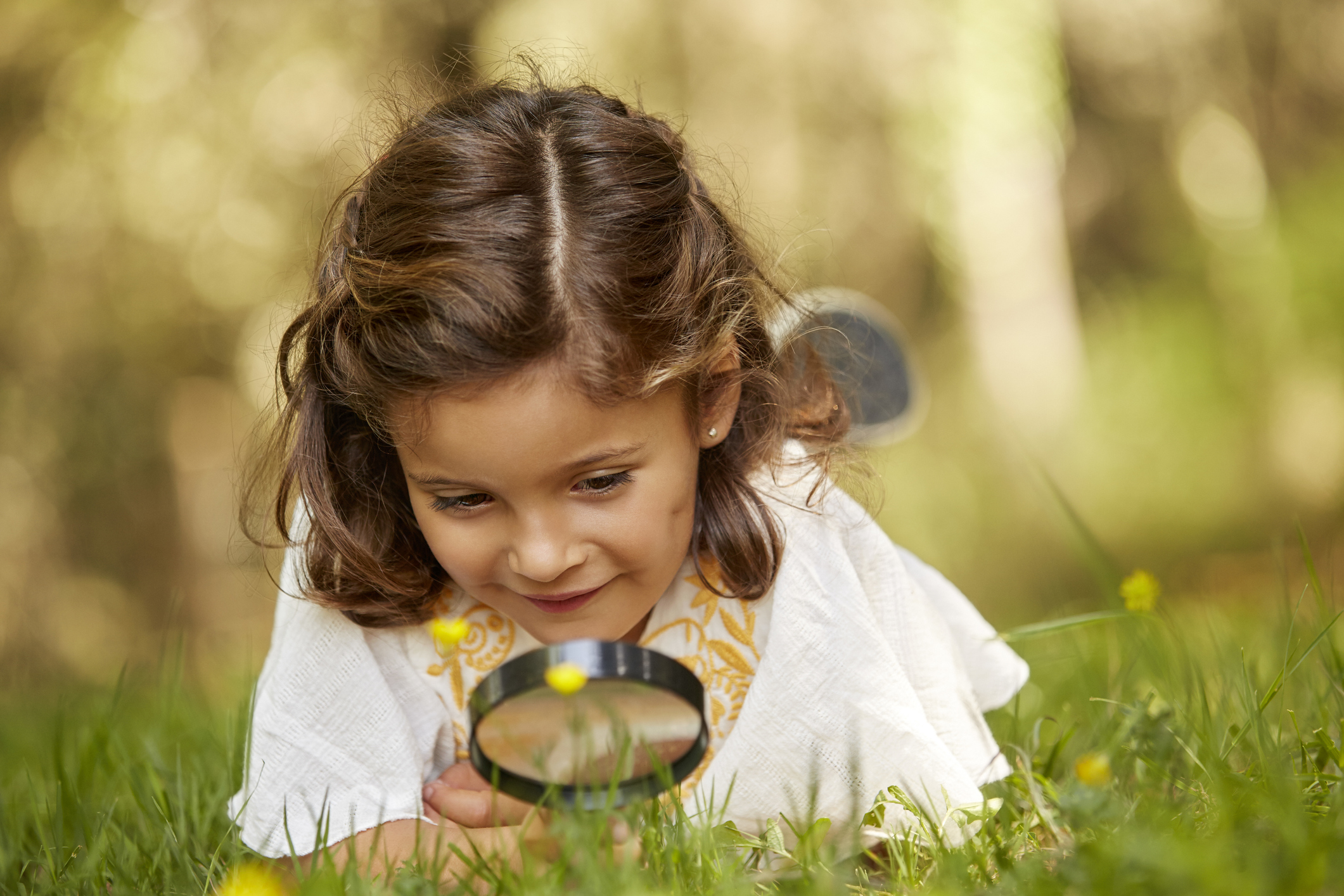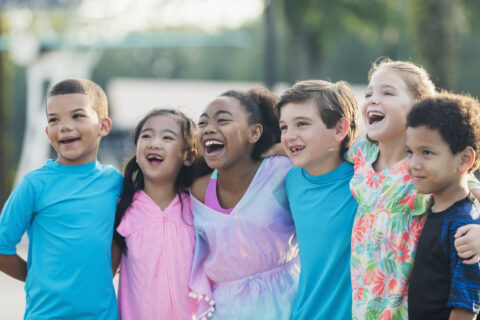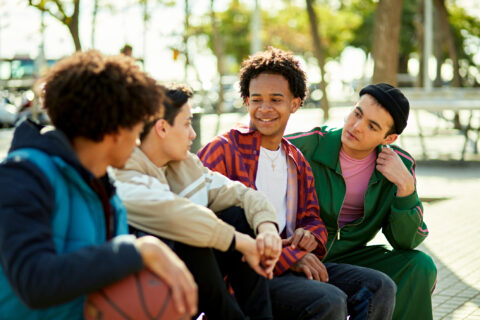During this unprecedented school year, millions of students, families, and teachers across the country had to manage the return to school amidst the ongoing impact of COVID-19. And the topic of education remains top of mind for city leaders and will be the subject of discussion during a November 18 session “Look to the Future: Early Childhood Development, Education and Nature Connection in a Pandemic World and Beyond” at this year’s first-ever virtual City Summit.
In the meantime, for school districts conducting in-person learning, holding classes outdoors is one-way schools have supported safe re-openings.
The Centers for Disease Control and Prevention recommends school administrators think of how “unused or underutilized school spaces, including outdoor spaces, be repurposed to increase classroom space and facilitate social distancing.” Dr. Anthony Fauci, head of the National Institute of Allergy and Infectious Diseases, said in August that school districts should develop reopening plans that incorporate as many outdoor activities as possible.
In addition to the safety benefits, research supports that outdoor learning provides mental, emotional, and physical benefits for students. This includes stress relief and fostering emotional resilience – made even more critical due to the trauma experienced during the pandemic. Learning in natural environments can also boost academic performance, enhance attention, and improve behavior.

Several cities participating in the Cities Connecting Children to Nature (CCCN) initiative, a joint partnership between NLC and the Children & Nature Network, are leading outdoor learning efforts with their local school districts. The following are recommendations and current initiatives for how city leaders can support local outdoor learning efforts:
Maximize Community Assets
Communities should analyze assets available across the city that can be used for outdoor learning. These assets include physical spaces, such as school grounds and nearby parks, physical resources such as event tents and chairs, and expertise from parks and recreation staff and local environmental educators experienced in facilitating classes outside.
The City of Austin and Austin Independent School District work collaboratively to support outdoor learning and green school parks. While school capacity is limited, the school district is encouraging outdoor learning as a response to COVID-19 and created standard operating procedures for outdoor learning environments. In Leadville, Colo., Lake County School District include outdoor experiences for elementary students two days per week. On their outdoor days, students visit the 100 Elk Outdoor Center and participate in outdoor activities like rock climbing and eco hikes.
Leverage Existing Partnerships and Programming
Local leaders can also utilize existing relationships and existing program funds to support outdoor learning efforts or build new partnerships with organizations, community groups or city departments.
The Baltimore CCCN team, including members from Baltimore City Schools, the Office of Sustainability, and the Department of Recreation and Parks, leveraged an existing project to apply for and receive a new round of funding with the focus of supporting an outdoor learning pilot. Baltimore City Schools created an Outdoor Learning guidebook included in City Schools’ reopening plan.
In addition to the safety benefits, research supports that outdoor learning provides mental, emotional, and physical benefits for students. This includes stress relief and fostering emotional resilience – made even more critical due to the trauma experienced during the pandemic.
Start Small with Pilot Programming
Communities can begin outdoor learning efforts with pilot programs that are less expensive and more feasible than district-wide approaches and can foster long-term partnerships. Such temporary structures include event tents, hay barrels for seating, and move whiteboards outdoors.
The City of Albuquerque and Albuquerque Public Schools are developing two prototypes of nature play sites for schools and adjacent parks. Once completed, the prototypes can more quickly be built out at a larger scale.
Continue Researching Best Practices
Local leaders can continue to learn from a growing number of resources on the topic of outdoor learning including:
- Children and Nature Network’s Green Schoolyards Resource Hub in the “Activate for Learning” section.
- National COVID19 Outdoor Learning Initiative
- Children and Nature Network’s Why and How to Support Outdoor Learning during COVID webinar recording.
The Children & Nature Network (C&NN) is a critical contributor to outdoor learning initiatives through Cities Connecting Children to Nature (CCCN), a joint initiative with NLC. Monica Lopez Magee, Director of Cities and Community Engagement, and Jaime Zaplatosch, Director of Green Schoolyards, provided source material and expertise for this article.








